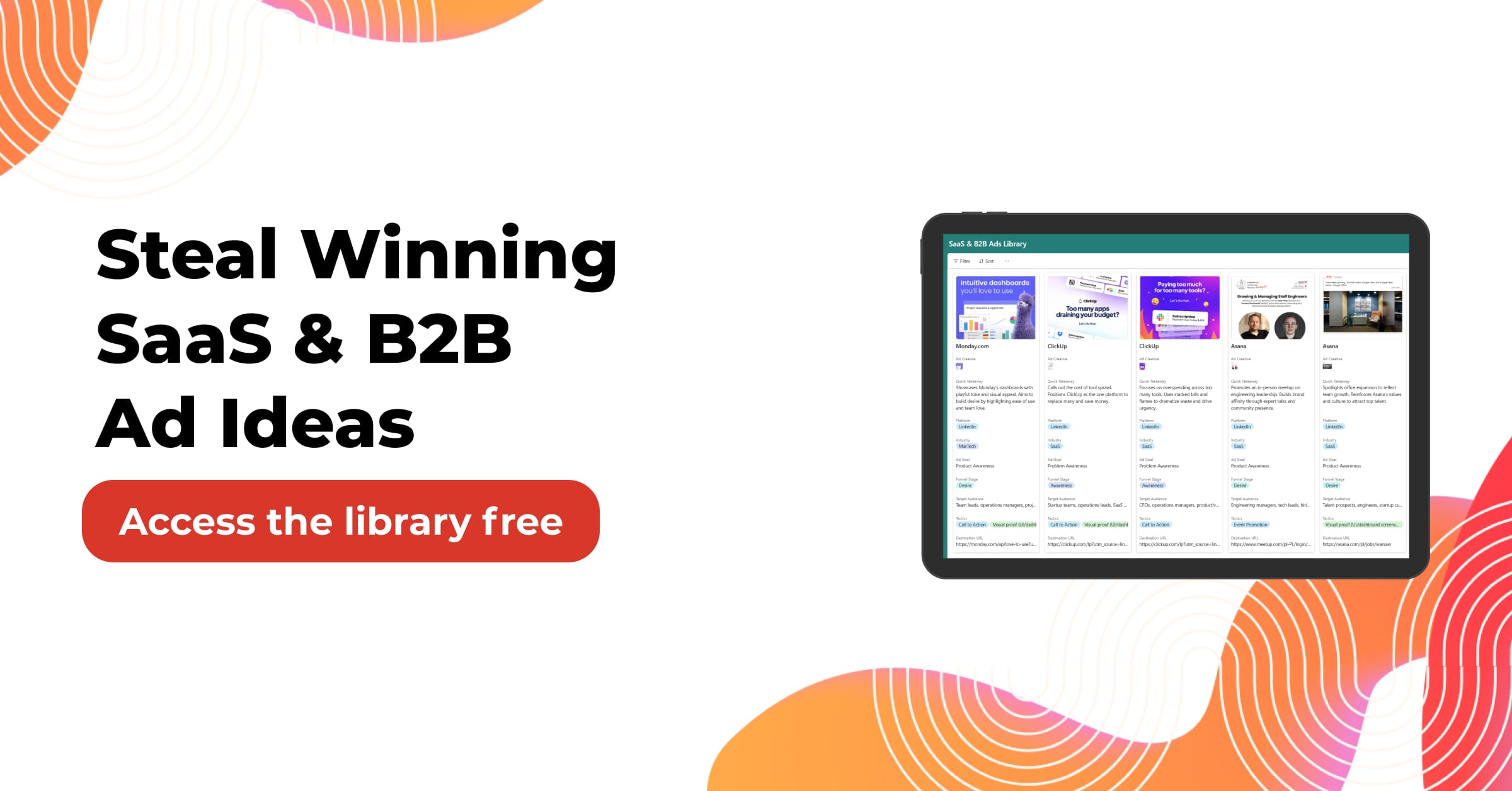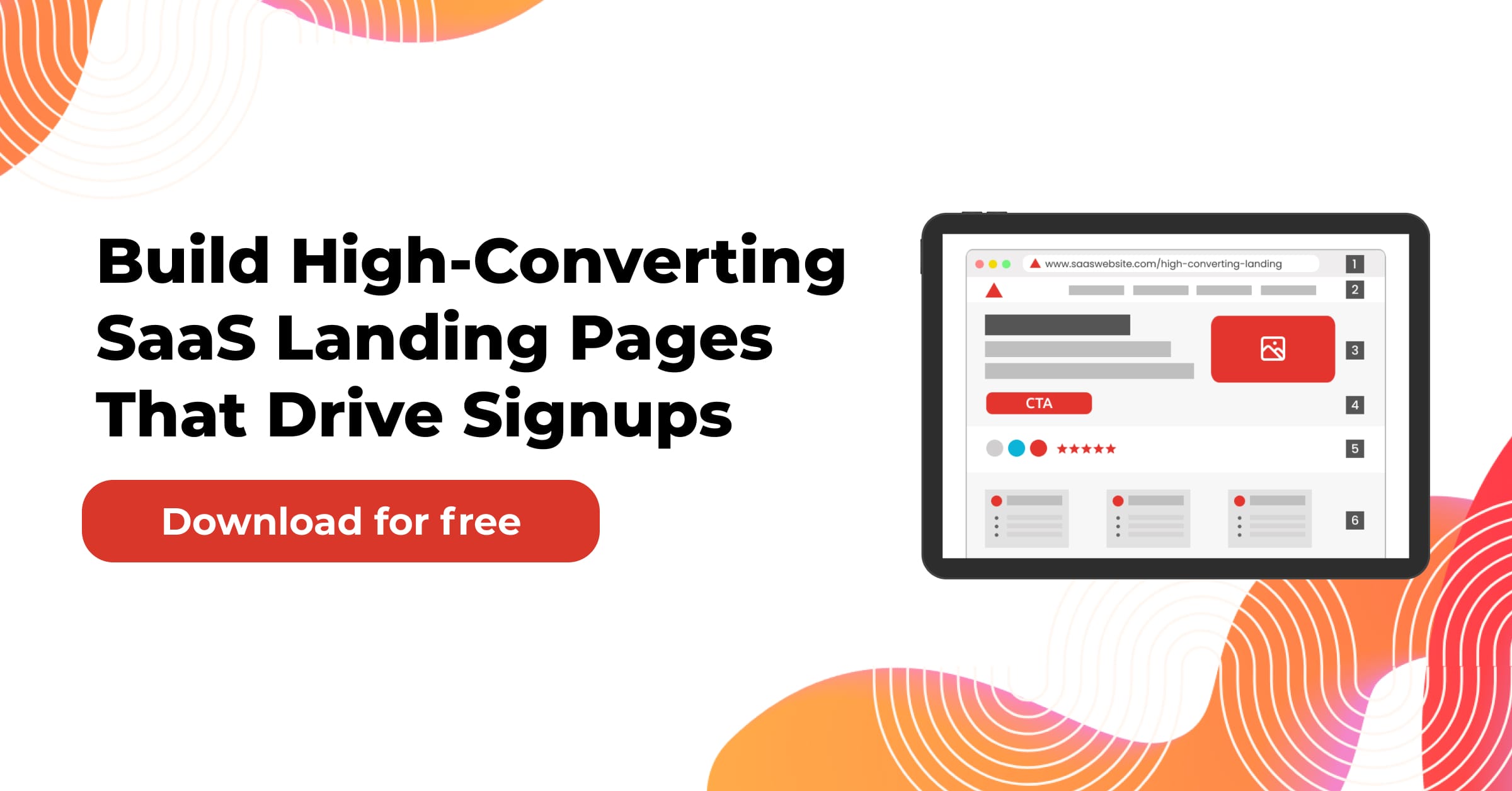Selecting a tech stack is a very crucial decision for any SaaS startup. It’s not just the speed at which you can ship features, it’s also how secure, scalable, and maintainable your product will be over time. In 2025, the stakes could be higher still. But when the need to have AI. at their fingertips, the ability to be real-time, and the flexibility of the network have driven tech use in this direction, the wrong tech decisions can cost far more than time — they can relinquish competitiveness.
In this guide, we are going to look at how to choose the right tech stack for your SaaS for the year 2025, the one that will see you through your days of struggle and into the ones of victory.
Table of Contents
What Is a Tech Stack, and Why Does It Matter?
A tech stack is the set of programming languages, frameworks, databases, and tools used to build and run your SaaS application. It typically includes:
- Frontend: what people look at when using something
- Backend: the server, application, and database side
- DevOps: deployment, monitoring, and scaling the system
- Data layer: having stored information, being able to access and analyze it
- Security: How do you secure user data and your infrastructure
Choosing the right tech stack is about more than just what’s cool. It affects how easy it is to hire developers for your team; how fast you can iterate, how secure your app is; and how performant it is under load. The ideal tech stack will be an enabler and an accelerator for your business, and the wrong tech stack will add to your technical debt and give you operational nightmares.
For SaaS businesses in particular, your tech stack is the single greatest modulator of your ability to keep extreme uptime, scale with customer growth, and quickly roll out new features that keep you competitive.

What’s Changed in SaaS Development for 2025?
In 2025, SaaS is more than a functionality play, it’s a speed, personalization, and AI-infused experience play. Tooling is moving towards real-time analysis capabilities and native AI integration, low-latency performance benchmarks, and multi-cloud infrastructure.
Developers are now used to machine learning pipelines and integrations with OpenAI or other large language models being a part of their stack. If your tech stack can’t satisfy those requirements, your team could be further away from adding more features than ever, because they’re just having to spend time patching workarounds.
Some major changes have happened in the SaaS space:
- AI-first architectures are the norm, where applications are expected to use machine learning for everything from personalization to predictive maintenance.
- The edge has evolved to support computing near users and has cut the latency of global applications significantly.
- Real-time collaboration is often table stakes in B2B SaaS products today and necessitates solid WebSocket solutions and conflict resolution mechanisms.
- Global privacy regulations have become more stringent, and SaaS companies are now required to bake increasingly complex data governance features into their applications from day one.
- Hybrid-cloud architectures are the new normal, with applications being expected to operate on any of several cloud providers to achieve the best cost, performance, and redundancy.
Should You Choose Based on Popularity or Performance?
It’s tempting to jump on the latest hot stack on GitHub or Hacker News. But just because something is popular doesn’t mean it’s the right fit.
In the early days of SaaS startups, popularity is important up to a point — it helps with recruiting and building a community. But performance, maintainability, and scalability should come first.
You don’t want to be married to a hot stack that is difficult to scale, doesn’t serve your use case, or requires a total rewrite. Sometimes the right option is an old-fashioned, battle-hardened technology that may not capture headlines but performs reliably.
When preferences diverge from performance, consider these factors:
- Developer supply: How easy is it to find engineers with skills in this technology?
- Community support: Does it have useful forums, good documentation, and a recent update history?
- Enterprise adoption: Are established, non-VC backed companies using this in production?
- Benchmarks: What kind of performance does the technology provide under conditions matching what you’ll be using it for?
- Technical alignment: Does it elegantly solve your specific technical problem?
Keep in mind that the bleeding edge will give you some technical leverage, but it isn’t always some sort of panacea – you risk immature tooling, stray bugs, and a great deal of hurt if the technology doesn’t take off.
How Tech Stacks Are Inspired by Business Goals
Begin by considering the needs of your business. Are you developing a consumer app that requires a stunning UI? An e-commerce application that performs data processing for B2B?
For example:
- A customer support-based SaaS with chat support may focus on WebSockets, low-latency APIs, and a scalable infrastructure.
- A data-intensive analytics tool may require quick querying, cloud warehousing, and economical data pipelines.
- Security becomes a top priority for healthcare-specific SaaS (compliance features, audit logging, and heavy security controls).
- A co-authoring software could emphasize the requirements for real-time synchronization, offline capabilities, and multimedia processing.
The type of experience you are trying to provide should determine your tech stack. The sooner your product vision is realized as a working feature, the more agile and competitive you will be.
Business constraints are also relevant. If you’re bootstrapped with tight capital, you might be forced to pick technologies that need fewer engineers or have lower infrastructure costs. If you’re venture-backed and your goal is to grow, you may value technologies that allow you to ship features quickly, even though the cost of maintaining them is higher.
What Frontend Technologies Are Leading in 2025?
Frontend libraries have come a long way. It’s 2025, and developers are now leaning towards super interactive UI frameworks that are capable of real-time updates and have close AI integration.
React lingers near the top of the list, but frameworks such as SolidJS, Qwik, and SvelteKit are rising the charts thanks to their speed and minimal bundle sizes. They’re ready-made for hydration, lazy-loading, and instant loading.
Design systems like Tailwind UI and Radix UI are commonly combined to help SaaS companies build uniform, fast-loading user experiences while testing multiple visual options for their sites.
Should your product be very visual or interactive, you’ll want to keep your frontend tech stack performance as responsive with as few re-renders as possible.
Let’s see how various frontend technologies align with SaaS requirements:
- Next.js: Great for SEO-sensitive SaaS, dashboards, and products requiring static and dynamic rendering
- SvelteKit: Useful for smaller projects that need to focus on performance and bundle size
- Qwik: Works well for apps that need instant interactivity without paying the price for hydration
- Vue 3 + Nuxt: Ideal to quickly get something out the door if your team has Vue experience
- Remix: Great for data-heavy apps that can take advantage of nested routing and server-side rendering
Component libraries have also progressed, and now we’re in an era of headless UI components, customizable to the extreme and highly accessible. They don’t force you to use their design language, giving you access to the hard primitives instead of just the outputted components.

Which is the Best Backend Stack for SaaS in 2025?
Backend development is now looking at modular, microservices-friendly architectures, typically based on event-driven systems and APIs.
Node.js and TypeScript are still the number one when it comes to backend development. But Go is gaining traction for performance-hungry services. Rust is also on the rise, particularly in security-focused SaaS tools!
Python is still great for backends, especially for AI-heavy products, particularly with libraries that are growing fast like FastAPI, which offers the best of both worlds—you get the speed of Node and the Python ML ecosystem needed.
The ascension of serverless functions and containerized microservices also means backend stacks are more modular than ever.
Here’s a closer look at the backend trends of 2025:
- API-first design is now ubiquitous, and GraphQL and REST APIs are at the heart of most SaaS apps.
- Edge functions are routing, authentication, and handling business logic directly in the CDN tier.
- Performance-critical components in browser and edge development are using WebAssembly (Wasm), and Rust now runs in your browser and edge.
- Stateful patterns and stateless services remain the most dominant, for easy scaling and deployment.
- Async APIs are already a “natural” way to handle high-concurrency environments.
In cases where security of SaaS products is paramount, polyglot backends are gaining traction—a situation in which different languages are used depending on what the particular service demands.
What Database Technologies Should You Consider?
For data with strict requirements, relational databases such as PostgreSQL are still the gold standard for SaaS companies. With improvements in 2025, Postgres extensions now provide capabilities for real-time, full-text search, and vector storage for AI use cases.
If people will be analyzing your product data (e.g., doing large-scale analytics, running machine learning models), consider including a data warehouse like Snowflake or Google BigQuery in your stack. These tools serve fast queries and can accommodate huge datasets without breaking a sweat.
Here are a few database trends that are redefining SaaS architectures in 2025:
- Polyglot persistence databases such as FaunaDB and ArangoDB that can handle multiple data paradigms inside one system
- Distributed SQL databases such as CockroachDB and Google Spanner that marry our familiarity with SQL and the distributed, horizontally scalable nature
- Streaming databases such as Materialize that compute and query over real-time data streams
- Vector databases for AI-powered search and recommendation systems like Pinecone, Milvus, and Qdrant
- Time-series databases such as InfluxDB and TimescaleDB (for applications based on metric, event, and sensor data)
SaaS applications usually face their initial scalability hurdles at the data level. If you make the right database architecture decision early, you can avoid a painful migration later.
What is the Significance of AI Integration to Your Tech Stack?
By 2025, any SaaS tech stack will be incomplete without considering an AI suite. Whether it’s user personalization, automated support, or predictive analytics, AI is increasingly becoming a central layer.
Backend stacks now come with fixtures like LangChain, LlamaIndex, and OpenAI SDKs included out of the box for intelligent features. If you don’t have key AI APIs or, more fundamentally, a stack with a GPU-friendly design, you will be left behind today.
In modern SaaS architecture, the AI layer may appear in several different incarnations:
- Embeddings as a service: for semantic search and recommendation systems
- Retrieval-augmented generation (RAG) systems that fuse your business-specific data with LLM powers
- Domain-specific or task-specific fine-tuned models
- Agent-based systems that can act independently of a user by receiving input and taking some action
- Multimodal processing operating on text, images, audio, and potentially other data types
When adding AI to the mix, your tech stack needs to make room not just for the models themselves, but also for data pipelines, monitoring systems, and evaluation frameworks that make AI trustworthy in production.
Related Article: https://www.adlabz.co/the-ultimate-saas-features-for-winning-big-clients
What Role Does DevOps Play in the Modern Stack?
It must be deployable, scalable, and observable. The year is 2025, and the division between Dev and Ops has all but disappeared.
Monitoring and observability are first-class concerns in the stack with tools like Datadog, Grafana, and OpenTelemetry. A feature-rich product can still have low uptime and hard-to-trace bugs if you don’t have strong DevOps.
DevOps trends for 2025 include the following concerns:
- GitOps, where we manage infrastructure with version control
- Internal platform engineering teams that build internal developer platforms
- FinOps best practices for saving money in the cloud without disrupting mission-critical workloads
- Chaos engineering for building system resilience through induced failures
- Code compliance for automatic security and regulatory checks
For SaaS companies, DevOps is more than an operational consideration – it’s strategic. Faster deployment means more features shipped for companies with efficient deployment processes.

Serverless or Traditional: Which Should You Use?
Serverless has come a long way. In 2025, thanks to platforms like Vercel, Cloudflare Workers, and AWS Lambda, it’s possible for SaaS teams to deploy microservices that auto-scale and don’t bill as much upfront.
For simpler use cases or MVPs, serverless is perfect — it abstracts infrastructure and shortens time to market.
But with complex workflows, high concurrency, or AI-heavy processing, a traditional cloud-native stack may still be a better fit. In such cases, control over resources, memory, and long processes is essential.
Which of these is best for you will depend on your specific technical needs and how much operational complexity your team can handle.
For most SaaS companies, it’s a mix:
- Serverless for APIs and event-driven processing
- Containers for background services and high-resource jobs
- Traditional VMs for databases or workloads with specific hardware needs
This way, you get the advantages of serverless where it’s appropriate without ceding necessary control elsewhere.
How Do You Future-Proof Your Stack?
No tech stack is future-proof forever, but you can ensure that tech debt and decay are managed to a usable level.
Use open-source technologies that are widely supported. Stay away from niche tools with little community support and poor documentation.
Also, design for modularity. If every piece of your stack (frontend, backend, AI services, databases) can scale separately, you will minimize rework as you scale.
Lastly, develop a mentality of always growing and being open to new changes. Don’t forget to re-evaluate new tools each year, update dependencies often, and encourage your team to experiment with new patterns and architectures.
The critical approaches to future-proofing are:
- Add abstraction layers that separate your business logic from implementation details
- Invest in automated testing to catch regressions when upgrading components
- Use package managers and dependency managers that make it easy to manage versions
- Record architectural decisions and the reasoning behind them
- Conduct regular technical debt reviews to identify areas that need attention
Keep in mind that future-proofing is not about avoiding change; it’s about being able to deal with change.
How to Optimize for Performance Yet Maintain Developer Experience?
As it turns out, great performance usually comes at the expense of developer happiness — and vice versa. But the optimal tech stacks find the middle way.
For instance, TypeScript improves DX without becoming too slow. GraphQL enhances flexibility for frontend teams but requires care in terms of performance tuning.
Prefer stacks with hot reload, autocompletion, and smooth debugging. Happy engineers are productive engineers: A developer-friendly stack results in fewer bugs and faster delivery of features.
Take into account these aspects of developer experience:
- Simplicity and production parity of the local development environment
- Tools for debugging and clear error messages
- Quality and accessibility of documentation
- Rapid feedback and testing infrastructure
- Boilerplate-avoiding code generation tools
Remember – a tech stack optimized for developer experience will often pay dividends in terms of minimized onboarding time and increased team velocity.
What Are Some Example Stacks Used by Modern SaaS Startups?
In 2025, here are a few real-world examples of SaaS tech stacks:
Example 1: AI-powered CRM
- Frontend: Next.js + Tailwind CSS + Radix UI
- Backend: Node.js (Express) + LangChain + Redis
- Database: PostgreSQL + Pinecone
- Infra: Vercel (frontend), AWS Lambda (backend)
- DevOps: GitHub Actions, Datadog
- AI: OpenAI embeddings, GPT-4 integration, custom fine-tuned models
Example 2: Analytics SaaS
- Frontend: SvelteKit + Chart.js + D3.js
- Backend: Go + gRPC + Kafka + Temporal
- Database: BigQuery + ClickHouse + Redis
- Infra: GCP Cloud Run + Kubernetes
- DevOps: Terraform, Prometheus, Grafana
- Data processing: Apache Beam, dbt
Example 3: SMB Scheduling Tool
- Frontend: React + Radix UI + TanStack Query
- Backend: Firebase Functions + Firestore
- Auth: Firebase Auth + Clerk
- Infra: Entirely on Firebase
- DevOps: Minimal, serverless-first stack
- Integrations: Zapier, Stripe, Google Calendar
Example 4: Design Collaboration Platform
- Frontend: Remix + Tailwind + Canvas API
- Backend: Elixir (Phoenix) + WebSockets + CRDT
- Database: PostgreSQL + S3 for assets
- Infra: Fly.io + CloudFront
- DevOps: GitHub Actions, Honeybadger
- Collaboration: Custom CRDT implementation
Example 5: Healthcare Compliance SaaS
- Frontend: Vue 3 + Nuxt + HeadlessUI
- Backend: Java (Spring Boot) + Kotlin
- Database: PostgreSQL (with TimescaleDB extension)
- Infra: AWS ECS with Fargate
- DevOps: GitLab CI/CD, Datadog, PagerDuty
- Security: Vault for secrets, Snyk for vulnerability scanning
- Compliance: SOC 2 and HIPAA-ready infrastructure
Example 6: AI-Enhanced Education Platform
- Frontend: Next.js + Shadcn/UI + Framer Motion
- Backend: Python (FastAPI) + Celery
- Database: PostgreSQL + MongoDB + Redis
- ML Infrastructure: PyTorch + Hugging Face + Ray
- Infra: Azure Container Apps + AKS
- DevOps: GitHub Actions, Azure Monitor
- Features: Speech recognition, automated assessment, adaptive learning
Each stack is purpose-built around product needs, team skills, and future scalability.
Can You Change Your Stack Later?
Yes, but it’s rarely easy. Rewrites are costly and dangerous. You would risk falling out of feature parity, slowing down your roadmap, and introducing new bugs.
Better than a complete rewrite is gradual replacement. For instance, go from monolith to microservices one module at a time. Abstract away your database layer so you can switch providers without having to rewrite everything.
This means that you can upgrade parts of your tech stack without having to do a complete tear-out.
The process for a successful stack migration often includes:
- The strangler-fig pattern, implementing new systems that eventually replace the old ones
- Feature flags to govern the deployment of new implementations
- Dual writes to old and new systems during migrations
- Precise validation in production-like environments
- Progressive prioritization of high-value, low-risk components with a pattern-based approach
When designing your first architecture, make sure that it will allow you to transform as needed. Build it to be replaceable from the beginning.
Final Thoughts: How Do You Make the Right Decision?
The “right” tech stack in 2025 is a function of what you are trying to achieve, who you work with, and who you’re working for.
Start with product needs. Then pair those needs with a stack that’s proven, scalable, and developer-friendly. Don’t suffer from shiny object syndrome; what’s good for one company is not necessarily good for another.
Then, bring your team in on the decision-making. Engineers who have a say in picking a stack will be more invested in building with it.
When finalizing the decision, keep these principles in mind:
- Compatibility with product vision: Technical preferences may sometimes need to be compromised for the sake of a coherent vision
- Team knowledge differences are one of the major factors influencing velocity and quality
- Community support can be even more valuable than the technology alone
- In practice, operational simplicity may well trump theoretical performance
- Leave yourself room for future modifications
Your tech stack is a means to an end, which is adding value to your customers. The best technology choices will be the ones that help achieve your business objectives while ensuring your team is effective and your customers are happy.
FAQs: Choosing a Tech Stack for SaaS in 2025
Q1. How often should we update our tech stack?
Review your stack every 12–18 months. Update libraries regularly, but perform major overhauls only when bottlenecks or limitations justify the effort.
Q2. What’s the best tech stack for an MVP in 2025?
Use tools that let you move fast: Next.js, Firebase, Supabase, and Vercel are great picks for lean teams building MVPs.
Q3. Can no-code or low-code tools be part of the stack?
Yes — platforms like Retool, Bubble, and Glide are increasingly used to prototype or even run parts of SaaS products.
Q4. Should I prioritize AI-readiness in my stack?
Absolutely. In 2025, AI is no longer optional. Built with flexibility for APIs, GPU support, and vector storage.
You might also be interested in:





